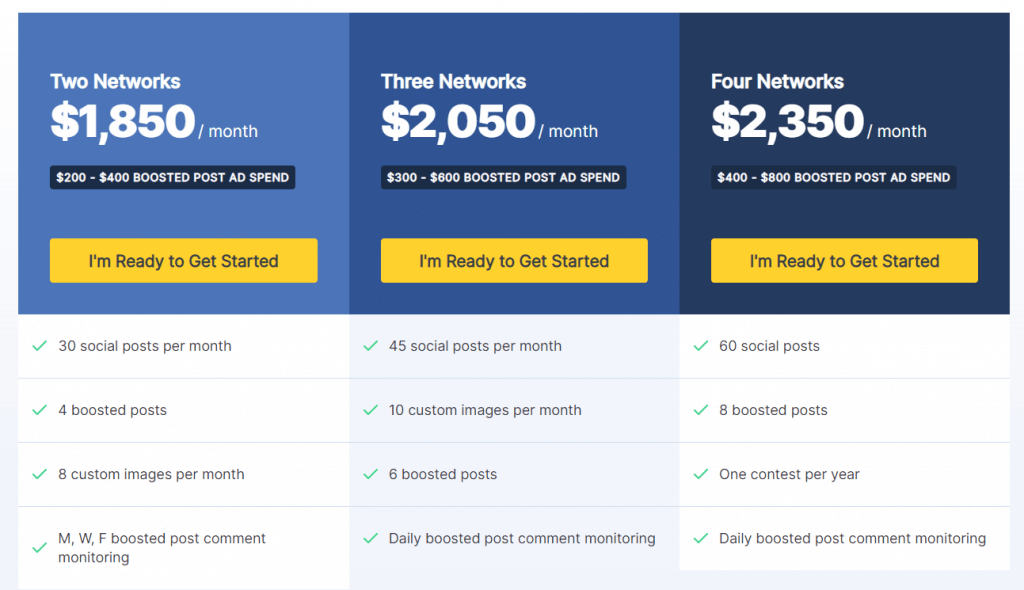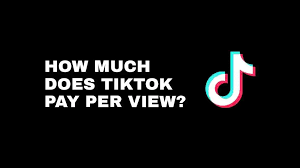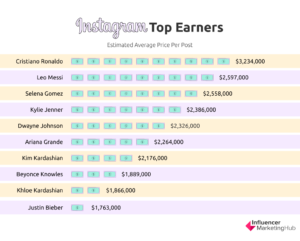Are you curious about the price tag behind those eye-catching ads that pop up on your social media feeds? You’re not alone.
With the rise of social media as a powerful marketing tool, businesses everywhere are investing heavily in advertising campaigns to reach their target audience.
But just how much do these ads cost? In this article, we will uncover the secrets behind social media ad pricing and explore the factors that influence these costs.
Get ready to delve into the world of online advertising and discover whether it’s worth paying for those sponsored posts.
Factors That Influence Social Media Ad Costs
Factors that influence social media ad costs can vary greatly depending on the platform being used.
- One key factor is the target audience and how specific or broad it is. The more niche a target audience, the higher the cost of reaching them through ads.
- This is because targeting a smaller group requires more effort and precision to ensure that your ad reaches the right people.
- Another influential factor is competition within your industry or niche. If multiple companies are vying for the attention of the same audience, it creates a competitive bidding environment that drives up ad costs.
- In such cases, businesses often need to increase their budget in order to stay ahead of competitors and secure desirable placement for their ads.
- Additionally, timing plays a crucial role in determining social media ad costs. Peak times when users are highly engaged with their social media accounts tend to drive up prices as demand increases.
- Planning your campaigns during off-peak periods can potentially help reduce costs while still reaching a significant portion of your target audience.
Average Costs Of Different Social Media Platforms
When considering social media advertising, it is vital to understand the average costs associated with each platform. Facebook, for example, can be a lucrative platform with relatively affordable options.
Advertisers have the freedom to spend as little as $1 per day or invest thousands of dollars into targeted campaigns. This flexibility allows businesses of all sizes to reach their intended audience without breaking the bank.
On the other hand, platforms like Instagram tend to have higher costs due to its visual nature and engagement rates. While this may deter small businesses on a tight budget, those who invest wisely can reap substantial rewards.
Additionally, LinkedIn offers unique opportunities for targeting professionals and decision-makers in specific industries. However, this comes at a premium price compared to other platforms.
With varying costs across different social media networks, it’s important for businesses to carefully consider their goals and target audience before allocating budgetary resources.
What works for one brand may not work for another depending on industry verticals and campaign objectives.
By understanding the average costs associated with each platform, businesses can make strategic decisions that yield the best return on investment (ROI) and achieve their desired outcomes in an ever-evolving digital landscape.
Strategies To Optimize Ad Spend On Social Media
- One of the most effective strategies to optimize ad spend on social media is by targeting a specific audience.
- Rather than casting a wide net and hoping for the best, focusing your ads on a specific group of people who are more likely to be interested in your products or services can yield better results.
- By leveraging the targeting capabilities offered by various social media platforms, such as demographics, interests, and behaviors, you can ensure that your ads are shown to a highly relevant audience.
- Another strategy to optimize ad spend is by constantly monitoring and analyzing the performance of your campaigns.
- This allows you to identify areas where improvements can be made and make data-driven decisions about allocation of ad spend.
- A key insight from this approach could be noticing which types of content resonate well with your target audience and adjusting future campaigns accordingly.
- Additionally, regularly evaluating the performance of different platforms and channels can help you determine where you should allocate more budget based on how effectively they drive engagement or conversions.
- Furthermore, optimizing ad spend on social media involves optimizing creative elements such as visuals and copywriting.
- Captivating visuals that instantly grab attention amidst users’ scrolling feeds help increase visibility while compelling copywriting encourages clicks and conversions.
- Experimenting with different variations of creatives like images versus videos or different messaging angles can help uncover what resonates most with your target audience and ultimately lead to cost-effective results in terms of increased click-through rates or lower cost per acquisition.
Conclusion:
In conclusion, the value and potential of social media ads cannot be overstated. With its ever-increasing number of users and sophisticated targeting capabilities, social media advertising has become a powerful tool for businesses to connect with their target audience and drive results.
Not only do these ads allow brands to reach a vast number of people, but they also offer an opportunity for higher engagement and interaction compared to traditional forms of advertising.
One key advantage of social media ads is their ability to generate valuable data insights.
The platforms provide detailed analytics that offer businesses an in-depth understanding of their campaigns’ performance, audience demographics, and user behavior.
This data can be leveraged to refine strategies, optimize ad spend, and create highly targeted campaigns that yield better conversions.
Another important aspect lies in the potential for brand building on social media.
These platforms enable companies to develop their online presence through engaging content, creative visuals, and interactive features such as polls or quizzes.
By consistently delivering high-quality content that resonates with their target audience, businesses can establish brand credibility and cultivate a loyal customer base.
Ultimately these factors contribute significantly towards maximizing ROI while minimizing ad spend wastage which further highlights the importance of social media advertising for businesses across industries today.






Be First to Comment